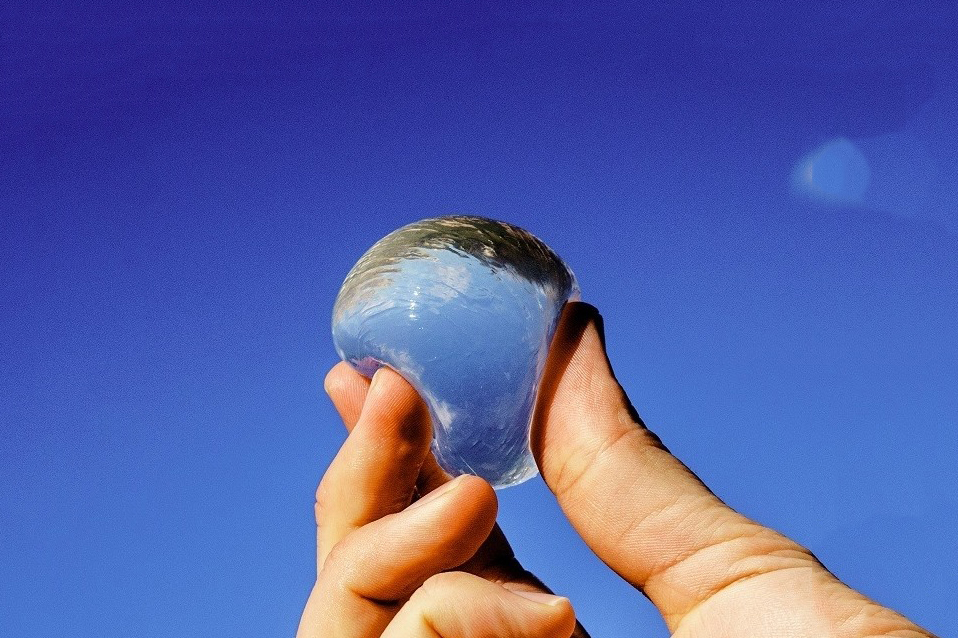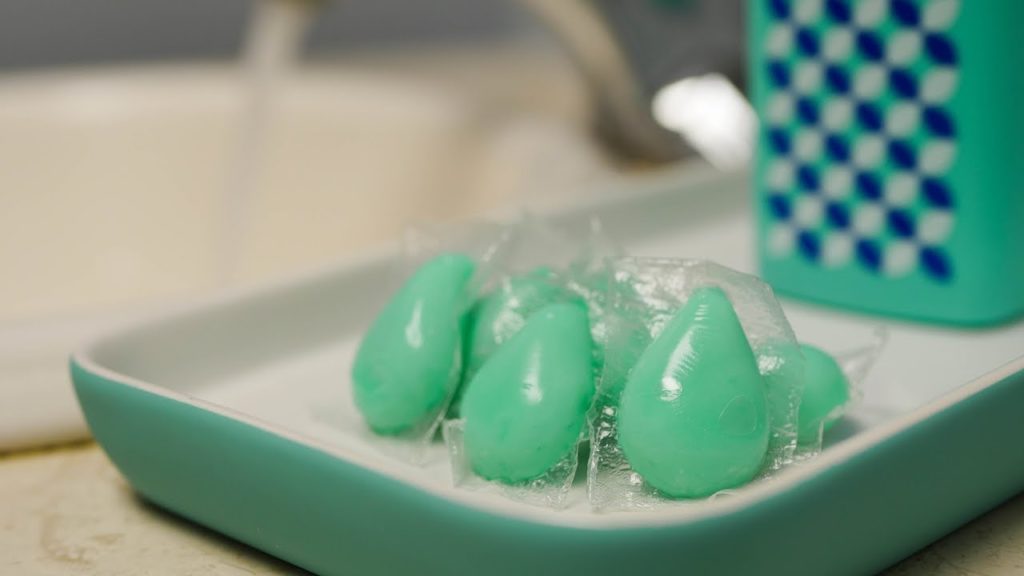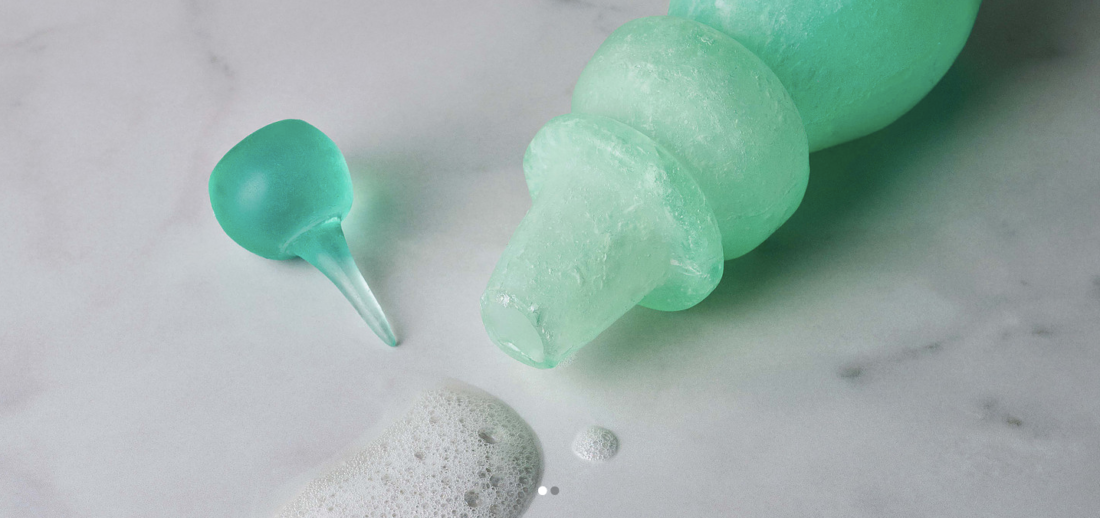Is there a future of packaging liquid products without plastic?
A quick look at sustainable packaging innovations for liquid products
Is there a future of packaging liquid products without plastic? Sustainability has become a powerful catalyst for modern innovations. New resources, breakthrough technologies, and revolutionary changes to industrial processes have sprung up in recent years, inspired by rising demand for environmental protection. Both plastics and the packaging industry are at the forefront of the transition to sustainable solutions. We have seen a major emphasis on improving the environmental impact of product packaging, especially in the food and beverage industry. As society seeks ways to reduce waste, one challenge has emerged: how do you efficiently and sustainably package liquid products without the use of plastic?
While many foods and goods can be transported, processed, and sold in stores without packaging or with eco-friendly packaging solutions, liquids pose a dilemma. In response to this obstacle, a number of intriguing innovations have arisen recently that answer the call.
The future of liquid packaging
Several brands seek to replace plastic packaging with alternative materials, either biodegradable substitutes for plastic or more creative, nature-based solutions. Much of the new research and development involves the advancement of bioplastics, which have the potential of serving the same purpose of normal plastic without the ecological footprint. For example, the French champagne company, Veuve Clicquot, has introduced new packaging that is 100% biodegradable and recyclable. The famous champagne boxes will be, for the first time ever, made from Cliquot grapes and recycled paper.
Last year, the University of Cambridge Institute for Sustainability Leadership (CISL) published a study that included designs for sustainable drinking bottles. The report envisions a future where all bottled water and soft drinks are packaged with 100% recyclable and reusable materials. It also calls for further exploration into better options for beverage packaging materials. That being said, cutting edge startups and inventors are already pushing past recycled plastics and into the future.
Taking it a step further…
Ooho
Entrepreneurs and creative-thinking engineers are already discovering new technologies designed to re-invent packaging. Skipping Rocks Lab has come up with an out-of-the-box idea to replace single-use water bottles. Ooho are fully-edible spheres of water encased in a seaweed-based material called Notpla. They form little water pillows intended to be eaten whole – no plastic or packaging necessary.
Nobho Drops
At age 16, Benjamin Stern made a splash on Shark Tank with his plastic-less shampoo product called Nobho Drops. Instead of plastic containers for the liquid shampoo, the startup offers single-use balls of shampoo, conditioner, body wash or shaving cream, encased in a plant-based film. The drops are water-soluble, melting into suds after a few seconds in the shower. Similarly, Soapak delivers a line of toiletry bottles made of vegetable oil-based soap, which melt away at the end of their lifespan. The bottles are designed, molded, and coated with a layer of beeswax to protect from water and prevent the product from leaking. These offer just a glimpse into the vast amount of research aimed at solving the complex challenge of liquid packaging.
Soapak – Mi Zhou
The hygiene brand LUSH has made a name for itself as a sustainably-packaged cosmetics brand and they have remained at the forefront of eco-friendly packaging technologies. One of their more famous environmentally-forward products is their solid bar shampoo. Simply by making shampoo into a bar form versus a liquid has allowed them to reduce packaging significantly. A Business Insider exclusive indicates that LUSH saved 15 million plastic bottles in 2016 alone just from the bar shampoo’s environmental impact.
Our vision
We at EPE are constantly researching new technologies and innovations in the packaging world and we are excited to see the potential of these creative solutions. As part of our sustainable mission, EPE USA has developed breakthrough packaging innovations designed to decrease the amount of protective material required per package with 100% recyclable material. Our EP3 solutions optimize packaging performance and reduce costs by utilizing the exact amount of cushioning material required to be safely transited with no overpackaging. As a result, EP3 is able to achieve significant cost reductions through increased pallet densities and material costs from reduced packaging materials and the smaller volumetric size of the overall package.


